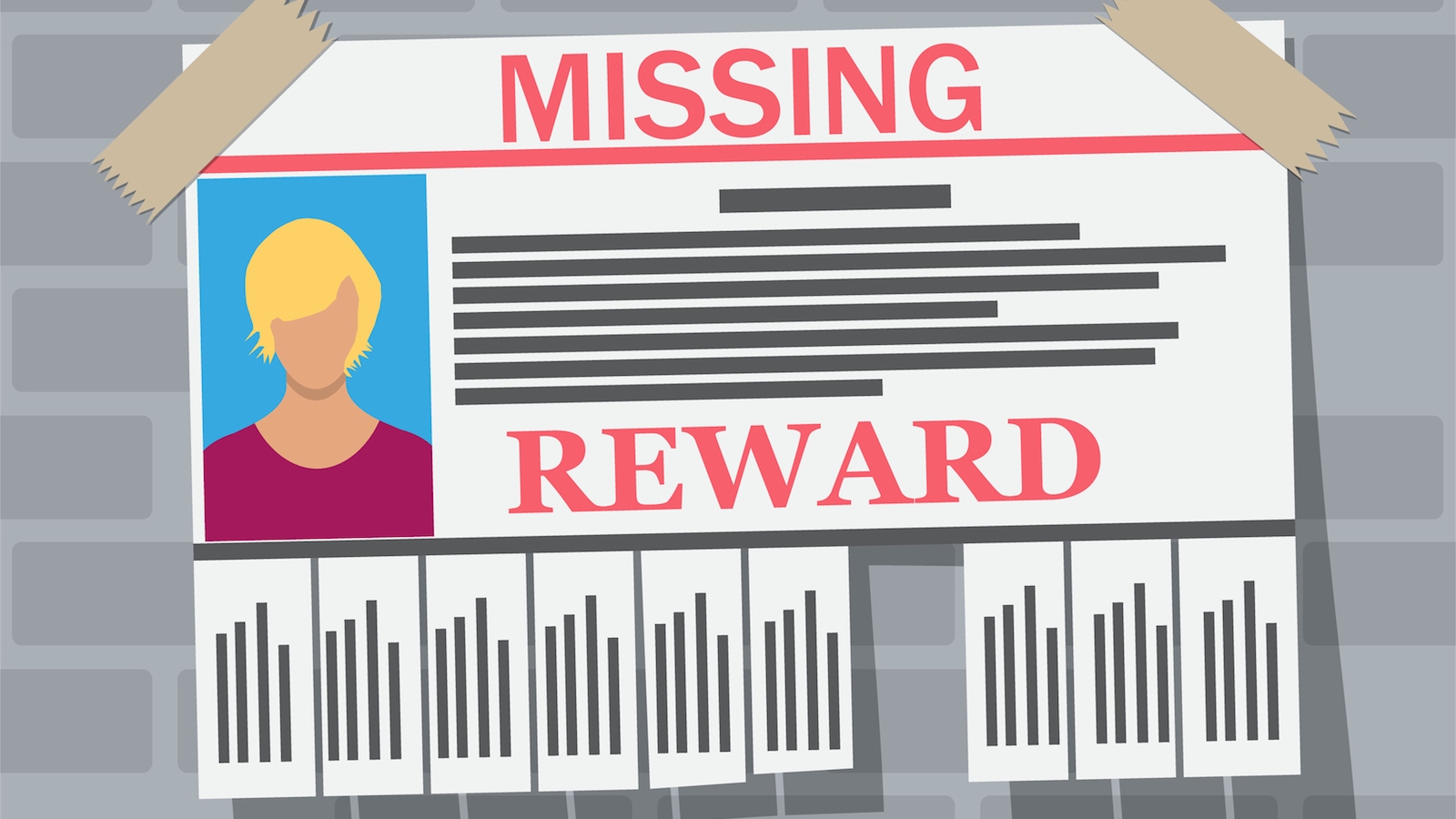Question: What are the mourning practices for a missing person? What if a body is never found but it is clear that a person died?
–Claire, Georgia
Answer: Grieving for loved ones is among the hardest thing most of us will do in our lives, regardless of the circumstances of the loss. But the families of those men and women who have gone missing have an especially horrible situation to face. To be left without precise knowledge of what happened to a father, sister, son, or wife is a devastating fate, and one that Jewish law has grappled with extensively.
Jewish law (halachah\) emphasizes the importance of being absolutely certain that a person has died before mourning rituals are observed. This is partially because of the sticky legal situations that can transpire if a person who was assumed to be dead is found alive. But halakhah also asks that the families of those who are missing maintain hope that they will return.
According to the Shulchan Aruch, when no corpse is recovered, the community should seek out an eyewitness to the death. If a witness is available to testify before a Jewish court (beit din), then mourning rituals, such as sitting shiva, and saying Kaddish, begin when the court concludes that the missing person has died.
If no witness is available to testify, but there is a report that the man was killed by thieves, drowned, or was dragged off by a wild animal, then the person is assumed to have died, and mourning rituals begin when his family gives up hope for the recovery of the body (this point appears to be subjective–essentially, whenever the family is ready to begin mourning). If a body or body parts are found later on, and conclusively proven to be from the missing person in question, then those remains should be buried. does not need to be repeated, but the day of the burial of the remains should be considered a day of mourning. (Yoreh Deah 375:7)
With your help, My Jewish Learning can provide endless opportunities for learning, connection and discovery.
Today, there are many criteria beyond eyewitness testimony that can be used in a Jewish court to determine that a person is dead when no body has been found. If no one witnessed the person coming to harm, but it was known that the person was in a location (such as a building that collapsed or a plane that crashed) where no one else survived, then it can generally be assumed that he or she is no longer alive.
In these cases, sitting shiva and saying begin when the family gives up hope that the body will be found–any time after the crash. Though a funeral is not necessary when there is no body to bury, in most communities, a memorial service of some kind will be convened, often with almost the same liturgy as a funeral service. The yahrzeit for the deceased person would be on the day that the person is presumed to have died, regardless of when their family began mourning.
Missing Children
However, the situation is different in the case of kidnapped or missing children. It is very common to hear stories of young children going missing, with no evidence whatsoever of what became of them. According to the American Academy of Pediatrics, most kidnappings in which a child is taken by someone from outside his family last less than one day (91%), but there are a small percentage of cases where the child is never heard from again. While the family may fear the worst, and assume that their child has died, there is always a possibility that the child is still alive, and so the family is not permitted to go through the typical mourning rituals.
According to the Conservative Movement’s responsa on this issue, the family should not publicly give up hope that the child will one day find his way home. For many of us, this may seem like a callous requirement for a family undergoing such trials, but it’s important to remember that the restrictions are on outward actions, not on feelings. Halakhah does not want to encourage a family to publicly mourn a person who is not dead. So while the family may need to privately come to some level of acceptance about the fate of their child or sibling, that acceptance is meant to be internal, and not something that is demonstrated to the whole community.
As I looked into your question, Claire, I couldn’t help but think about the people aboard Air France flight 447, and about all of the families–Jewish and non-Jewish–trying to cope with the knowledge that their loved ones are gone. The Jewish legal answer to the question of when these people should mourn is only one side of the coin. Every family will need to find their own ways to grieve, whether that means sitting shiva immediately, or waiting until more information about the crash has been discovered.
Sign up for a Journey Through Grief & Mourning: Whether you have lost a loved one recently or just want to learn the basics of Jewish mourning rituals, this 8-part email series will guide you through everything you need to know and help you feel supported and comforted at a difficult time.
Looking for a way to say Mourner’s Kaddish in a minyan? My Jewish Learning’s daily online minyan gives mourners and others an opportunity to say Kaddish in community and learn from leading rabbis.



